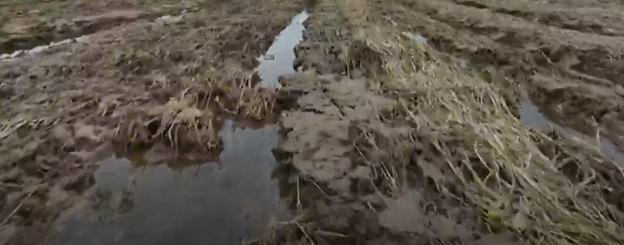As North Gyeongsang approaches the rice harvest season, the region’s once-promising fields are now marred by the troubling impact of sharply declining rice prices. Farmers are facing an unprecedented dilemma as they are forced to uproot their crops, turning what should have been a bountiful harvest into a scene of barren fields.
Price Plummet and Economic Strain
Rice prices have fallen significantly over the past year. In October 2023, the price of 80 kilograms of rice was around 210,000 won, but it has since dropped to approximately 170,000 won, with some areas in North Gyeongsang seeing prices as low as 150,000 won. This drastic decline has placed immense financial strain on farmers, who are struggling to cover production costs.
Shin Jeong-hyun, a local rice farmer, expressed the severity of the situation: “Rice is like our salary, and now the production costs aren’t even being covered. It’s incredibly discouraging for us farmers.” The economic pressure is further compounded by the fact that rice stocks held by local cooperatives in North Gyeongsang have surged to 40,000 tons, double the amount from the previous year.
Government Response and Measures
In response to the crisis, North Gyeongsang Province has announced plans to reduce rice cultivation areas and promote alternative crops through a variety of support programs. A significant aspect of this strategy includes encouraging the cultivation of other crops and boosting rice consumption through national campaigns. Ahn Young-mi, the head of the province’s rice management team, stated: “We will reduce the area dedicated to rice cultivation through support for alternative crops and enhance rice consumption initiatives to stabilize prices.”
The South Korean government has also pledged to purchase 450,000 tons of new rice as part of its price stabilization measures. However, farmers remain cautious, watching closely to see if these interventions will have the desired effect on stabilizing the market.
The current rice price crisis in North Gyeongsang underscores the broader challenges facing the agricultural sector amidst fluctuating market conditions and rising stock levels. While government initiatives and provincial measures aim to address these issues, the effectiveness of such strategies will be critical in determining the future stability of rice prices and the well-being of farmers.
Error




